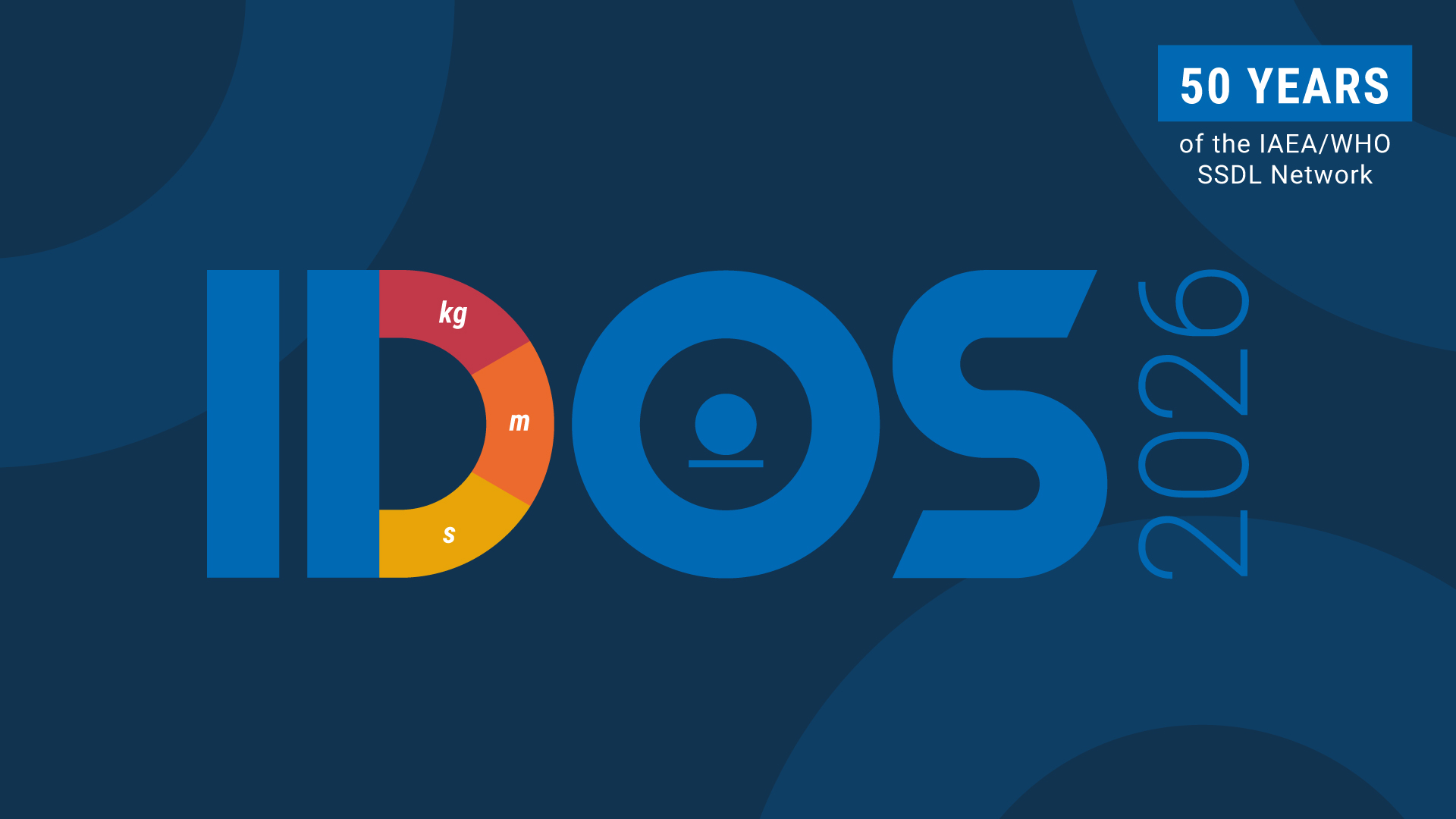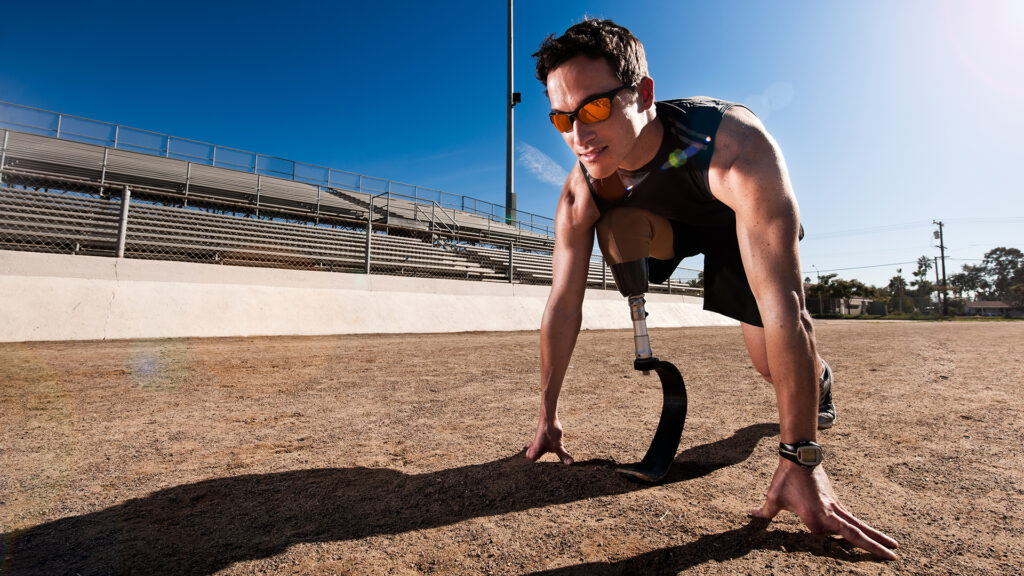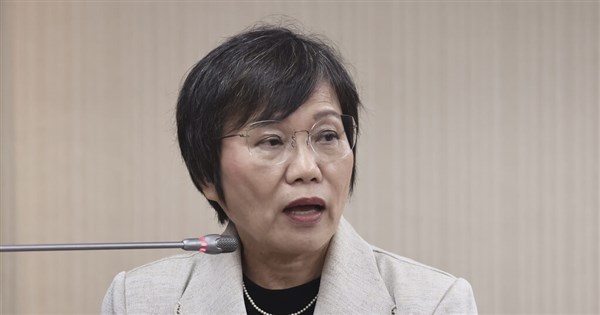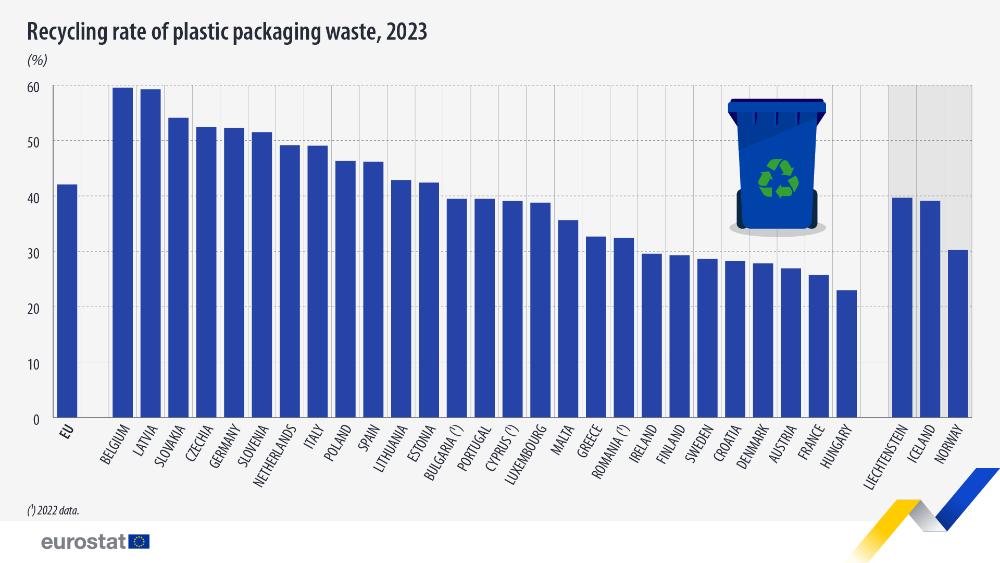Where Clinical Reality Meets Standards
As countries around the world expand their clinical use of ionizing radiation, accurate measurement and calculation remain essential for the safe and effective use of radiation-based technologies. Primary and secondary standards laboratories provide reference measurements that allow medical professionals to trace their results directly to the International System of Units — ensuring global consistency. Dosimetry codes of practice reinforce this traceability and enable the optimized application of ionizing radiation in clinical settings.
“Recent technological developments — from new diagnostic approaches to cutting-edge computational methodologies that leverage Monte Carlo models and artificial intelligence (AI) — have shaped dosimetry standards, audit practices and quality assurance guidance,” said Mauro Carrara, IAEA Head of Dosimetry and Medical Radiation Physics and one of the symposia’s scientific secretaries. “For medical physicists, radiation metrologists and other scientists and researchers in the field, there is a critical need to comprehensively review innovations while addressing the growing complexity of available tools.”
“In building on the legacy of previous symposia since 1987, IDOS2026 will provide an international forum to discuss and disseminate the latest advances across radiation dosimetry, radiation medicine, radiation protection and their associated standards,” said Zakithi Msimang, IAEA medical radiation physicist and the event’s other scientific secretary. “Its proceedings and conclusions promise to provide relevant recommendations for the medical and scientific community.”









